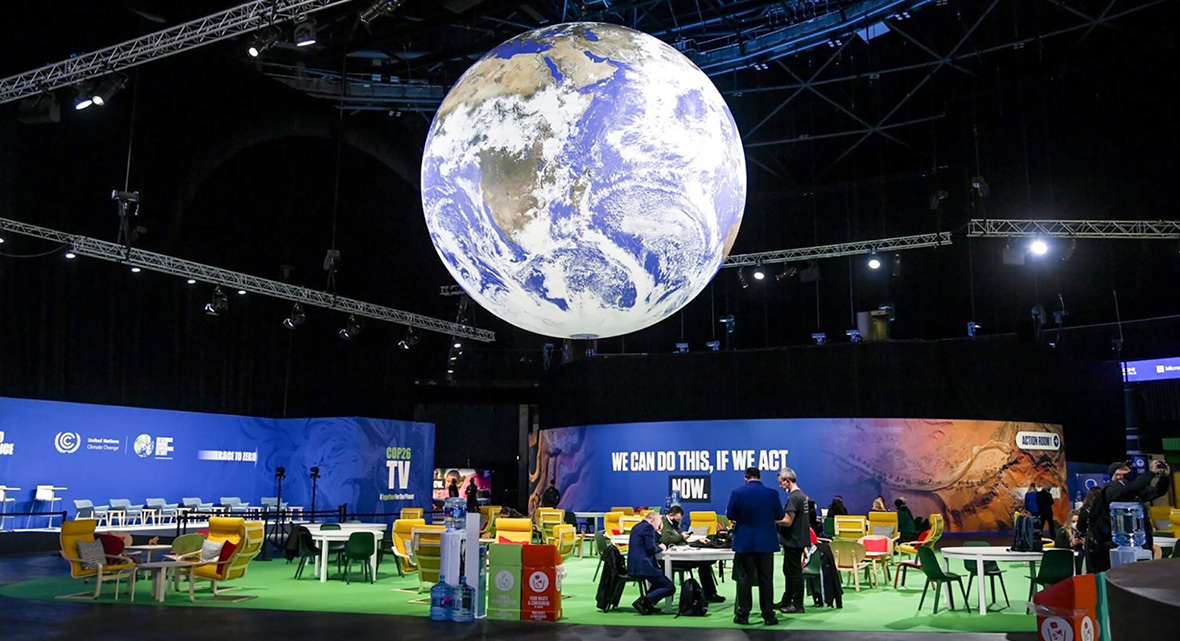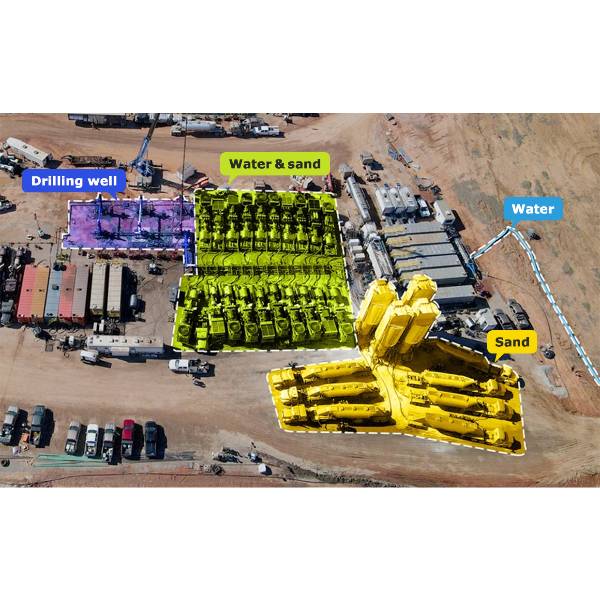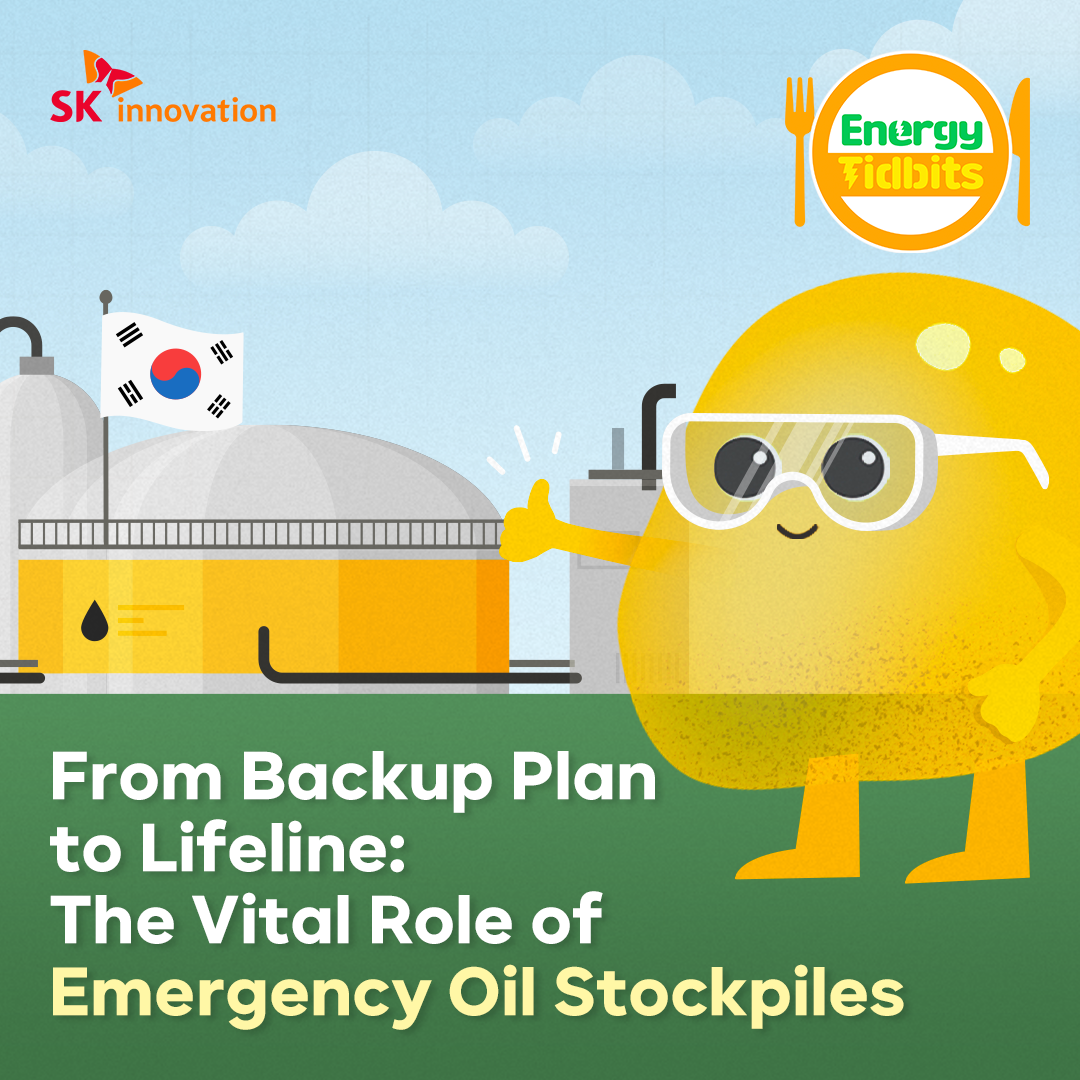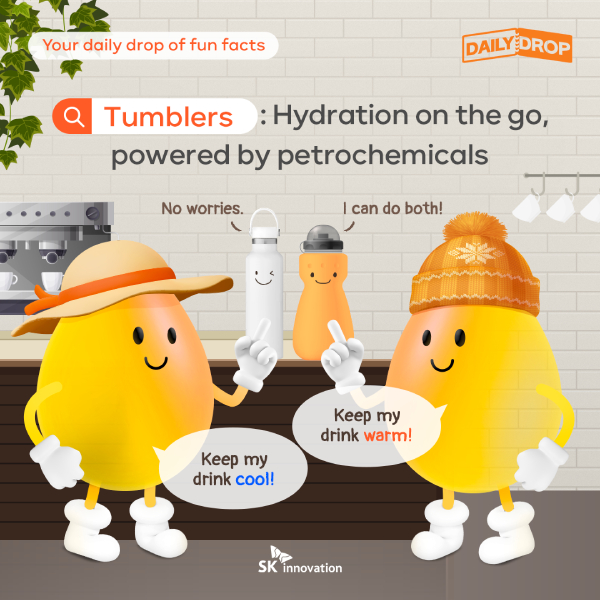 Trends & Reports
Trends & Reports
▲ COP26 took place in Glascow, Scotland, from Oct 31 to Nov 12, 2021.
(Photo: https://ukcop26.org/)
COP, which stands for ‘Conference of the Parties’, is a series of United Nations climate change conferences that review progress made by members of the United Nations Framework Convention on Climate Change (UNFCCC) to limit climate change
2021 is the 26th year of the annual summit, so it is called COP26. COP26 took place in Glasgow, Scotland, from October 31st to November 12th with about 200 countries as participants, and the U.K. as the host.
Same as previous years, COP26 attracted great attention, as not only policy makers and business leaders, but also climate activists and scientists all over the world gathered on and offline to debate over various issues and plans regarding climate change. In this post, we will high light six keywords and numbers to take a quick recap on what happened in the summit at Glasgow last month.
*Disclaimer: The information below includes various reports from multiple sources, and does not necessarily reflect our opinion.
1.5°C
Nearly 200 countries announced its commitment of limiting global warming to 1.5°C (above pre-industrial levels this century). This target has been emphasized over and over since the 2015 Paris Agreement, which is a legally binding international treaty on climate change. The 2015 Paris Agreement entered into force on November 4th 2016, with the goal of limiting global warming to well below 2°C, preferably to 1.5°C, compared to pre-industrial levels. However, according to the Climate Action Tracker monitoring tool, global greenhouse gas emissions in 2030 will still be around twice as high as necessary for the 1.5-degree limit, and the world is heading for increasing at least 2.4°C.
Coal
Over 40 prolific coal-producing countries have pledged to end all investment in new coal power generation domestically and internationally. Major economies have agreed to phase out coal power in the 2030s, while the deadlines for poorer nations is in the 2040s. Many organizations also join to the pledge, with several major banks agreeing to stop financing the coal industry. Major coal-using countries including Poland, Vietnam and Chile are among those to make the commitment. However, some big countries like the U.S., China, Australia, and India did not sign up, so the effect of the pledge in general will be more of a coal “phase down” rather than a “phase out”.
Deforestation
Leaders from over 120 countries, which represent more than 85% of the world’s forests, have pledged to halt and reverse deforestation and land degradation by 2030. Under the pledge, 12 countries have agreed to provide $12 billion of public funding between 2021 and 2025 for developing countries to restore degraded land and tackle wildfires. Alongside, private sector investors will spend at least $7.2 billion to stop investing in activities linked to deforestation such as cattle, palm oil and soybean farming and pulp production. India is among the countries that have not joined this agreement.
Fossil fuel
20 countries and 5 development institutions have signed the pledge to end public financing for fossil fuel projects abroad by the end of 2022, and divert their spending into clean energy instead. The signatories include the U.S., Canada, Germany, Italy, European Investment Bank, East African Development Bank, etc. However, concerns were raised because the statement does not exclude backing domestic projects, and major countries in Asia such as China, Japan, and Korea did not agree with the plan.
Methane
According to The United Nations Economic Commission for Europe (UNECE), methane (CH4) is a powerful greenhouses gas with a 100-year global warming potential 28 to 34 times that of CO2, with the main sources from oil and gas industries, agriculture, landfills, wastewater treatment, and emissions from coal mines. At COP26, more than 100 countries have committed to a voluntary Global Methane Pledge of reducing methane emission levels by at least 30% by 2030. Previously, two major methane emitters – the U.S. and the EU, announced their methane reduction pledge in September. Other major emitters, including Brazil, Indonesia, Nigeria, etc. have also joined the agreement, but China, Russia, and India are still not in the list, and Australia said it will not back the pledge.
Zero (Zero emission, Net zero)
30 countries have agreed to join hands to “make zero-emission vehicles the new normal by making them accessible, affordable, and sustainable in all regions by 2030 or sooner.” Moreover, 22 countries including the U.S., Japan, Australia and Canada have signed the Clydebank Declaration to launch at least six ‘green shipping corridors’, which are zero-emission maritime routes between two or more ports.
Net zero is placed at the center of COP26, which asked countries to reach global net zero greenhouse gas emission by 2050. According to the Glasgow Financial Alliance for Net Zero, a global coalition of leading financial institutions, the sum of global capital committed to achieving net zero has surged to over $130 trillion. However, the net zero plan of COP26 was criticized for being “too vague”, “mostly symbolic”, and countries that have later deadlines like India (which aims to reach net zero by 2070) accused developed countries of ‘outsourcing’ pollution.
COP26 ended one month ago, but obviously, there are many things are still on the table. No matter what pledges were made, they can only be achieved if each and every individual makes great effort, since it is the cruel fact that climate change has already altering the life of many people, animals, plants, and the whole environments at many places. Agree or disagree with the plans and numbers above, we hope you will join us to take actions as soon as possible for a sustainable future.










 Youtube
Youtube Facebook
Facebook Instagram
Instagram Linkedin
Linkedin






















